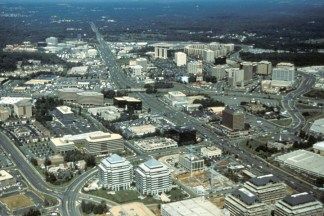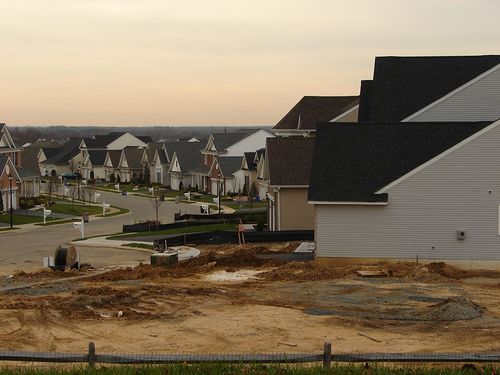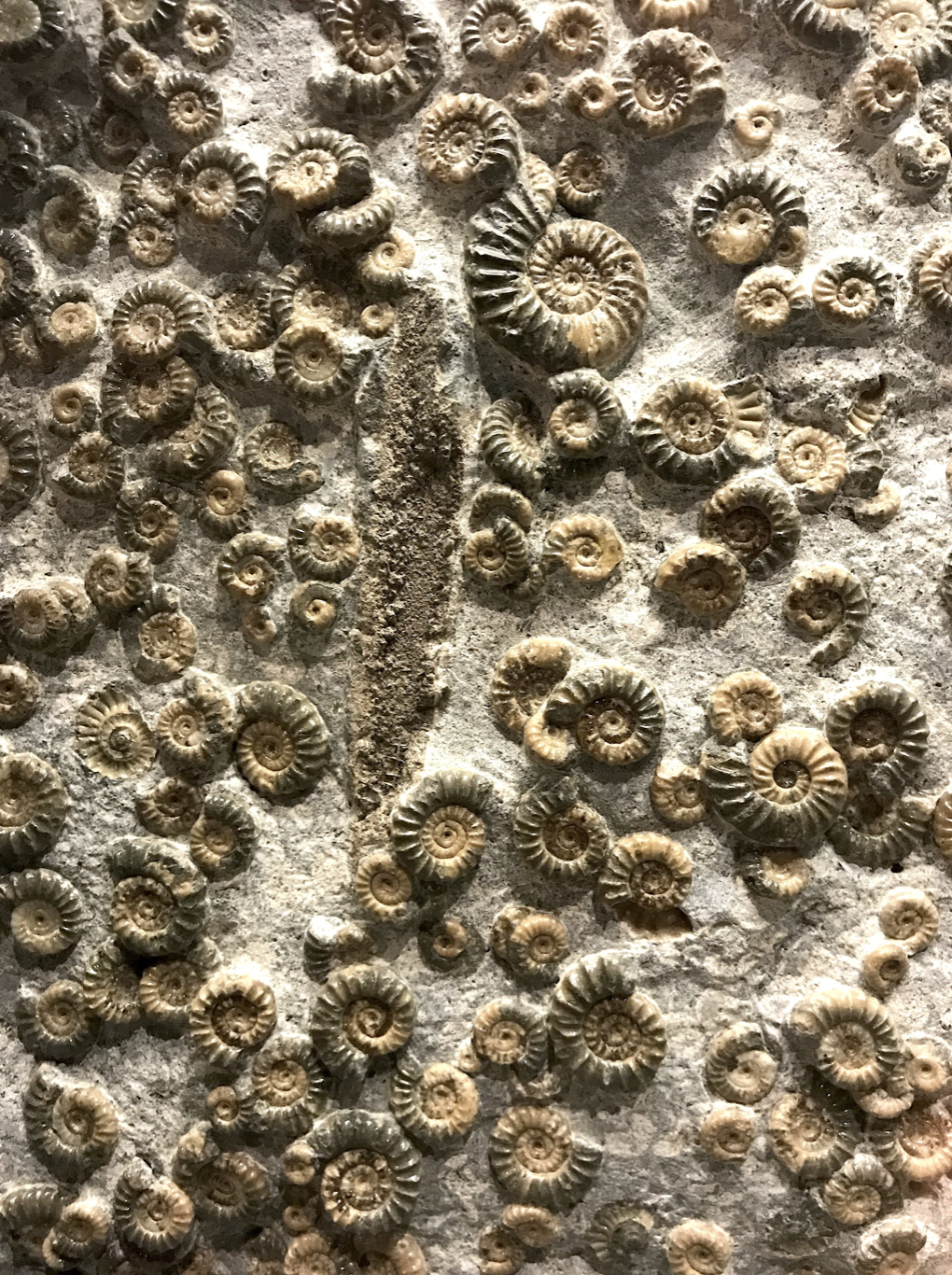After teaching one Friday night, I made the mistake of putting in my ear buds and listening to The Suburbs, the latest album from Arcade Fire. As a bus led me away from Port Authority, the bright lights, and the skyscrapers reaching for the sky like villains in old westerns, I closed my eyes and listened.
Blistering critique clogged the noise of the bus’s engine as we exited the Lincoln Tunnel. I opened my eyes and looked out across the waters to the city lit up in glory, the moonlight and cloud reflections adding a touch of subtle brilliance to the halo effect. It sat there, beckoning, a city on an island. I glanced across the highway and saw the billboards cropping up and the never-ending expanse of streetlights that reach from Hoboken to Philadelphia. And I sighed.
The music was not helping. It was engrossing. It was true. It confirmed all the worries I had when I moved to New Jersey in the first place.
I moved for noble reasons. I got married. She was from New Jersey. I was from Maryland, but my parents moved away while I was in college. The roots had been pulled up, so off I went to New Jersey.
I’ve never been one for claustrophobia. I’m okay in elevators or subway cars packed like sardines. But when I first moved to New Jersey, I felt like the walls were closing in, I felt like I couldn’t breathe–like the world was always on top of my chest pressing down with loud music, high cost of living, and a lack of vegetation.
I yearned for green like a shipwrecked castaway yearns for fresh water. Day after day, I drove my car over concrete. The buildings were dull and full of concrete slabs and asphalt. Even the sky at night was an ethereal, bleached gray from the powerful lights of New York. I would drive twenty minutes to see trees or an uninterrupted patch of grass.
I couldn’t stand the people everywhere rushing, rushing, rushing, honking their horns at me, giving me the middle finger, yelling at me for being cordial on the roadway. The malls were a conflagration of people carrying out the pastime of the ‘burbs’: shopping in their sweatpants with [insert high school or college name] written on the butt.
It was so utterly different, moving to the hustle and bustle of the suburbs and actually trying to live there. The sheer lack of architectural diversity and amount of parking lots contributed to my feeling that suburban New Jersey is both omnipresent and a vacuum of nothingness, sprawled out onto the map in an endless maze of strip malls and pavement that signify nothing but empty progress.
The protagonist in Danielle Dutton’s novel S P R A W L says that the suburbs are a place of “apocalyptic foreboding.” We have seen the end of the world, and the end of the world is when all the earth has become suburbia.
There is hope, I think, in the realm of McMansions and manicured turf, the place where house cats are the leading predator. The place where sidewalks just decide to stop, as if to say why are you walking? These are the suburbs. Get in your car. It’s that the world was not always like this, and the suburbs don’t need to be like this either. Dutton’s protagonist also commented that the suburbs are “based on the idea that the past never existed,” but if we dig hard enough or talk to enough older folks, we can find that the way out of this mess is the past itself.
My mother-in-law grew up three blocks from our house, before the sprawl overwhelmed the region and turned it into a deforested area filled with giant houses on tiny lots. Much of the area was a farm. There were cows here once. It was a place where people knew each other. It was a neighborhood, in the sense that people were neighborly to each other, not just crowded around one another. It wasn’t the perfect place to live, by any means, but it was green, less busy, and nicer on the eye.
Towns are beginning to pull themselves away from the apocalyptic brink. They are unwinding the web of sprawl. Connecting the sidewalks, so to speak. It may be people are regaining common sense after our suburb-induced amnesia, and we’re beginning to remember our collective past, before cars allowed people to run away from the city or move away from the country. Or, what I think is more likely, the recession has made us question the crown jewel of the American economy: the suburb.

Indeed, there is hope. There are people taking back the suburbs from the infestation of Hummers and fast food joints. There is community-supported agriculture on small lots. People are hiding chickens in their backyards. The number of people I see riding bicycles has tripled in the past year. Local businesses are popping up in strip malls that were once the bastion of franchises. Even whole towns are getting in on the action. Tysons Corner, Virginia has formalized a plan to actually desprawl their town and make it denser. With density, the town can walk and bike to local businesses instead of driving and parking at big box stores. They no longer want to be a town that is 1,700 acres in size with 900 acres of parking lots. They want to be different.
The suburbs look bleak. A nihilistic attitude is hard to ignore. Arcade Fire’s Suburbs tells us that “when all of the walls that they built in the 70’s finally fall, and all of the houses they built in the 70’s finally fall . . . it meant nothing.” Fortunately, there is a way for the suburbs to mean something, and that’s through the stories of the past and anticipating a future that deconstructs the suburbs into something more real, more alive, and more green. A place that’s a neighborhood. A place that’s a home.




